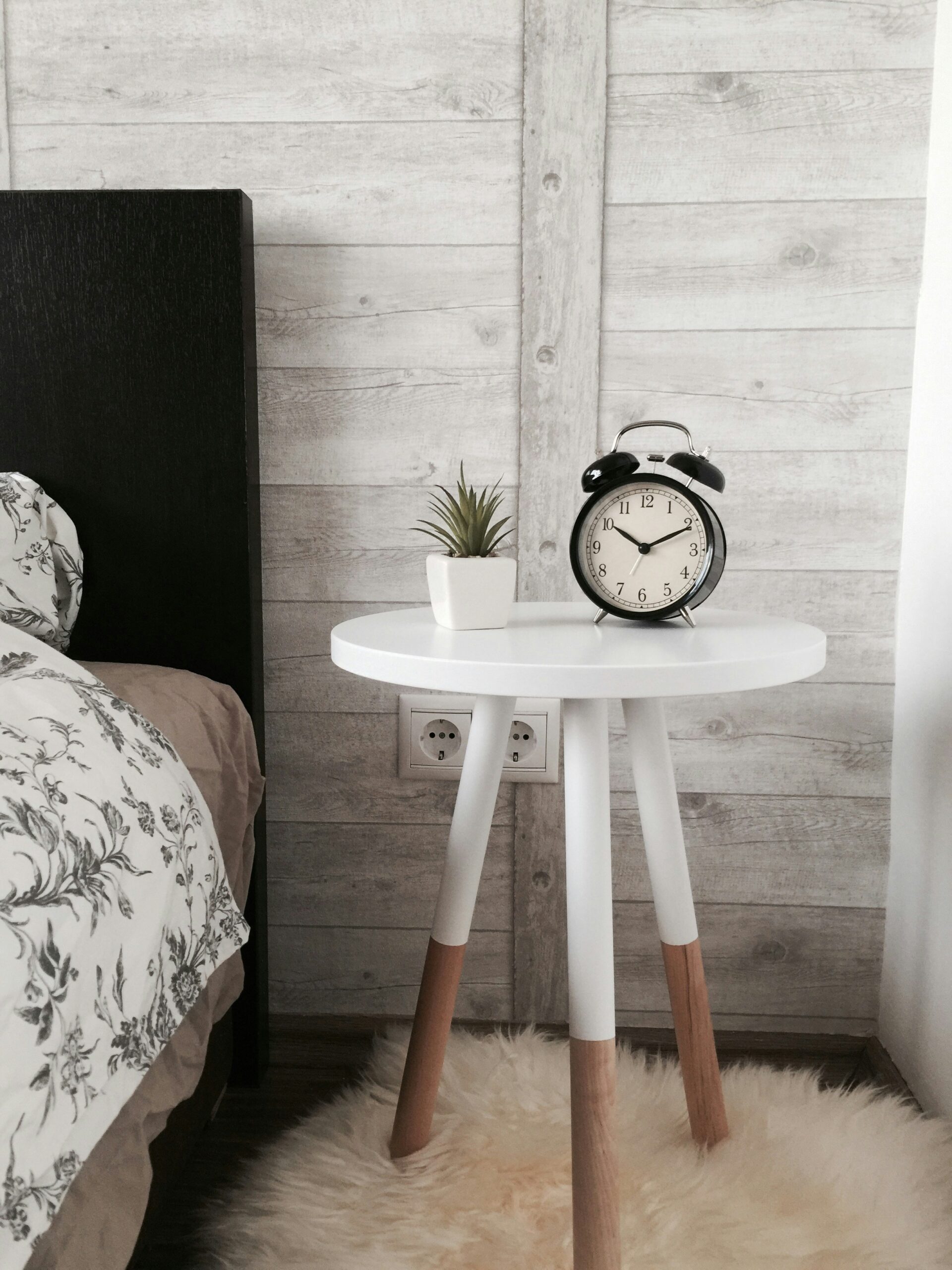
If you’ve ever wondered whether it’s possible to add yet another layer of insulation in your loft, you’re not alone. The question of whether you can put loft insulation over existing insulation is a common one among homeowners looking to improve their energy efficiency. In this article, we’ll explore the benefits and considerations of adding additional loft insulation, helping you make an informed decision about what’s best for your home. So, let’s address the age-old question: Can you put loft insulation over insulation?
Types of Loft Insulation
Blanket insulation
Blanket insulation is one of the most common types of loft insulation. It typically consists of rolls or sheets of insulation material, such as fiberglass or mineral wool, which are laid out between the joists in the loft. This type of insulation is known for its ease of installation and effectiveness in preventing heat loss.
Loose-fill insulation
Loose-fill insulation is made up of small particles or granules of insulation material, such as cellulose or recycled paper. It is usually blown or poured into the loft space, filling up any gaps and creating a thermal barrier. Loose-fill insulation is ideal for hard-to-reach areas and irregularly shaped loft spaces.
Spray foam insulation
Spray foam insulation is a versatile option that is applied as a liquid and expands to fill the desired space. It can be used to insulate all types of loft spaces, including those with irregular shapes or difficult access points. Spray foam insulation provides excellent thermal insulation and also helps to reduce air infiltration.
Reflective foil insulation
Reflective foil insulation is a specialized type of insulation that consists of a layer of reflective material, usually aluminum, which reflects radiant heat. This type of insulation is often used in loft spaces with a high amount of radiant heat transfer, such as those located directly under the roof. It is particularly effective in hot climate zones.
Benefits of Loft Insulation
Energy efficiency
One of the key benefits of loft insulation is its ability to improve energy efficiency in your home. By preventing heat from escaping through the roof, loft insulation helps to reduce the amount of energy needed to heat your home. This can lead to lower energy consumption and reduced utility bills.
Reduced carbon footprint
By reducing energy consumption, loft insulation also helps to reduce your carbon footprint. Using less energy to heat your home means fewer greenhouse gas emissions, which contribute to climate change. Installing loft insulation is a simple and effective way to make your home more environmentally friendly.
Cost savings
Installing loft insulation can lead to significant cost savings over time. Because it helps to retain heat in your home, you will need less energy to keep the space warm, resulting in lower heating bills. The initial investment in loft insulation can often be recouped within a few years through these energy savings.
Improved comfort
Loft insulation can greatly improve the comfort levels in your home. By reducing heat loss through the roof, it helps to maintain a more consistent and comfortable indoor temperature. This means you can enjoy a cozy living space during the cold winter months without the need for excessive heating.
Noise reduction
In addition to providing thermal insulation, loft insulation also helps to reduce noise transmission from the outside. It acts as a barrier to sound, minimizing the impact of external noises and creating a quieter living environment. This can be particularly beneficial if your home is located in a noisy area or near busy roads.

When to Add Loft Insulation
Insufficient existing insulation
If your loft has insufficient or outdated insulation, it is a good idea to add loft insulation to improve energy efficiency. Older insulation materials may have degraded over time, losing their effectiveness. By adding new insulation on top of the existing insulation, you can enhance thermal performance and reduce heat loss.
Upgrading insulation
If you already have loft insulation but it is not meeting current building regulations or industry standards, it might be necessary to upgrade the insulation. This could be due to changes in regulations or advancements in insulation technology. Upgrading your loft insulation will ensure that your home remains energy-efficient and compliant with the latest standards.
Renovations or refurbishments
When undertaking renovations or refurbishments in your home, it is a good opportunity to add loft insulation. The disruption caused by the construction work can allow for easier access to the loft space, making it more convenient to install or upgrade insulation. Taking advantage of the construction period to add loft insulation can provide long-term benefits for your home.
New construction
If you are building a new home, it is essential to include loft insulation as part of the construction process. Adding insulation during the construction phase ensures that the building meets modern energy efficiency standards and helps to create an energy-efficient and comfortable living space from the very beginning.
Factors to Consider
Insulation material compatibility
When adding loft insulation, it is important to consider the compatibility of different insulation materials. Certain materials may not work well together or could cause problems, such as condensation or reduced performance. It is recommended to consult with a qualified insulation contractor or seek guidance from building regulators to ensure proper material compatibility.
Insulation thickness
The thickness of the insulation will impact its effectiveness in preventing heat loss. Different insulation materials have different thermal conductivity properties, so it is important to choose the appropriate thickness for your specific needs. Building regulations typically provide guidance on the minimum required thickness for loft insulation.
Weight limitations
It is crucial to consider the weight limitations of your loft space when adding insulation. Some insulation materials are heavier than others, and adding excessive weight to the loft can cause structural issues or compromise the integrity of the ceiling below. Consulting with a structural engineer or insulation contractor can help determine the appropriate insulation thickness and weight for your loft space.
Ventilation requirements
Proper ventilation is essential in the loft space to prevent condensation and maintain good air quality. When adding loft insulation, it is important to consider the ventilation requirements and ensure that vents are not blocked or covered by the insulation. This will help to prevent moisture buildup and potential damage to the building.
Moisture issues
Before adding loft insulation, it is necessary to address any existing moisture issues in the loft space. Moisture can lead to mold and mildew growth, which can compromise indoor air quality and cause structural damage. If there are signs of moisture or water leakage, it is essential to identify and fix the underlying issues before installing insulation.

Preparation Steps
Assessing the existing insulation
Before adding loft insulation, it is important to assess the condition and effectiveness of any existing insulation. This can involve checking for gaps, signs of degradation, or inadequate thickness. By understanding the current state of the insulation, you can determine whether it needs to be replaced or supplemented with additional insulation.
Identifying and fixing any issues
During the assessment process, it is crucial to identify and fix any issues that may affect the installation or performance of the new loft insulation. This could include repairing roof leaks, sealing gaps or cracks, or addressing ventilation problems. Fixing these issues beforehand will ensure a smooth installation process and optimal performance of the insulation.
Ensuring proper ventilation
Before adding loft insulation, it is necessary to ensure that the loft space has proper ventilation. This includes checking for the presence of vents and verifying that they are not blocked or obstructed. If necessary, additional vents can be installed to improve airflow. Proper ventilation helps to prevent moisture buildup and maintain a healthy indoor environment.
Clearing the loft area
Before installing loft insulation, it is important to clear the loft area of any unnecessary items or debris. This will provide ample space to work and ensure that the insulation is properly installed without any obstructions. Clearing the loft also allows for easier access in the future for maintenance or any necessary repairs.
Protecting electrical fixtures
When adding loft insulation, it is important to protect electrical fixtures in the loft space. This can be done by installing protective covers or moving the fixtures away from the area where insulation will be installed. Ensuring that electrical fixtures are adequately protected helps to prevent any potential fire hazards or damage during the installation process.
Creating access paths
Creating clear access paths in the loft space is essential for future maintenance or inspection. These access paths can be created by using raised platforms or boards to provide safe and stable walkways. By creating access paths, you can easily navigate the loft space without compressing or damaging the insulation.
Installing Loft Insulation over Existing Insulation
Blanket insulation installation
To install blanket insulation over existing insulation, simply roll out the insulation material between the loft joists. Ensure that the insulation is cut to fit snugly and covers the entire area without any gaps. Take care not to compress the existing insulation, as this can reduce its effectiveness. Secure the insulation in place using insulation supports or staples.
Loose-fill insulation installation
Installing loose-fill insulation over existing insulation involves blowing or pouring the insulation material into the loft space. This can be done using specialized equipment or professional insulation contractors. The loose-fill insulation should be evenly distributed to create a consistent thermal barrier and cover any gaps or voids in the existing insulation.
Spray foam insulation installation
Applying spray foam insulation over existing insulation requires the use of a specialized spray gun. The liquid foam is sprayed directly onto the existing insulation, filling any gaps and providing a seamless thermal barrier. It is important to follow the manufacturer’s instructions and ensure that the spray foam is properly applied and distributed.
Reflective foil insulation installation
To install reflective foil insulation over existing insulation, the reflective foil material is laid out on top of the existing insulation. It should be carefully positioned to cover the entire area and overlap the foil seams to create a continuous barrier. Reflective foil insulation can be taped or stapled to the joists to ensure that it remains securely in place.

Safety Precautions
Wearing personal protective equipment (PPE)
When installing loft insulation, it is important to wear appropriate personal protective equipment (PPE) to ensure safety. This can include gloves, safety goggles, a dust mask, and protective clothing. PPE helps to protect against any potential irritants or hazards associated with insulation materials and installation.
Working on stable platforms or boards
To ensure safety during installation, it is important to work on stable platforms or boards when accessing the loft space. This helps to prevent falls or accidents. Avoid stepping directly on the insulation or fragile areas of the loft. Using sturdy and stable platforms provides a secure working surface and reduces the risk of injury.
Securing electrical cables
Before installing insulation, it is important to secure electrical cables to prevent damage or accidental disconnection. This can be done by using cable ties or clips to keep the cables in place and away from moving parts or insulation materials. Avoid placing insulation directly on top of electrical cables to prevent overheating or fire hazards.
Avoiding compressing the insulation
When installing loft insulation, it is crucial to avoid compressing the insulation material. Compressing insulation reduces its effectiveness and thermal performance. Take care when handling and installing insulation to maintain its loft and ensure that it fills the space properly. Gently tuck the insulation around obstacles without squashing or compacting it.
Common Mistakes to Avoid
Ignoring the existing insulation
One common mistake when adding loft insulation is ignoring the existing insulation. It is important to assess the condition and effectiveness of the existing insulation before proceeding with any installation. Neglecting to address any issues or supplement insufficient insulation can lead to poor insulation performance and reduced energy efficiency.
Covering recessed light fixtures
Another mistake is covering recessed light fixtures with insulation. Recessed light fixtures generate heat and require proper ventilation to prevent overheating. Covering them with insulation can create a fire hazard. It is important to install insulation around recessed light fixtures while leaving sufficient clearance to maintain proper airflow and prevent heat buildup.
Blocking ventilation channels
Blocking or covering ventilation channels is another common mistake to avoid. Proper ventilation is essential to prevent condensation and maintain good air quality in the loft space. Blocking ventilation channels can lead to moisture problems and potentially cause damage to the building. Ensure that ventilation channels are kept clear and unobstructed when installing loft insulation.
Ignoring safety precautions
Ignoring safety precautions during the installation process is a serious mistake. Personal protective equipment (PPE) should always be worn to ensure safety. Working on stable platforms, securing electrical cables, and avoiding compressing the insulation are all important safety measures that should not be overlooked. Taking safety precautions helps to prevent accidents and ensures a safe working environment.
Professional Help and Advice
Consulting a qualified insulation contractor
If you are unsure about the installation process or need assistance, it is advisable to consult a qualified insulation contractor. They can assess your specific requirements, provide expert advice, and ensure that the insulation is installed correctly and according to industry standards. A professional contractor can help you choose the most suitable insulation materials and address any specific challenges or concerns.
Seeking guidance from building regulators
Building regulators can provide guidance on the specific building regulations and requirements in your area. They can clarify any legal obligations or standards that need to be met when adding loft insulation. Consulting with building regulators can help ensure compliance and provide peace of mind that the insulation installation meets the necessary regulations.
Using online resources and forums
Online resources and forums can be valuable sources of information and advice when adding loft insulation. There are numerous websites, articles, and forums dedicated to insulation installation and related topics. These resources can provide practical tips, recommendations, and insights from experienced individuals who have already tackled similar projects. Use online resources to supplement your knowledge and make informed decisions.
Conclusion
Adding loft insulation is a wise investment that offers numerous benefits, such as energy efficiency, cost savings, and improved comfort. It is essential to choose the right type of insulation, considering factors such as material compatibility, thickness, weight limitations, ventilation requirements, and moisture issues. Proper preparation, installation, and safety precautions are also crucial for a successful outcome. Consulting professionals, seeking guidance from building regulators, and utilizing online resources can provide valuable help and advice throughout the process. By considering these factors and following best practices, you can create a well-insulated loft space that enhances the energy efficiency and comfort of your home.











